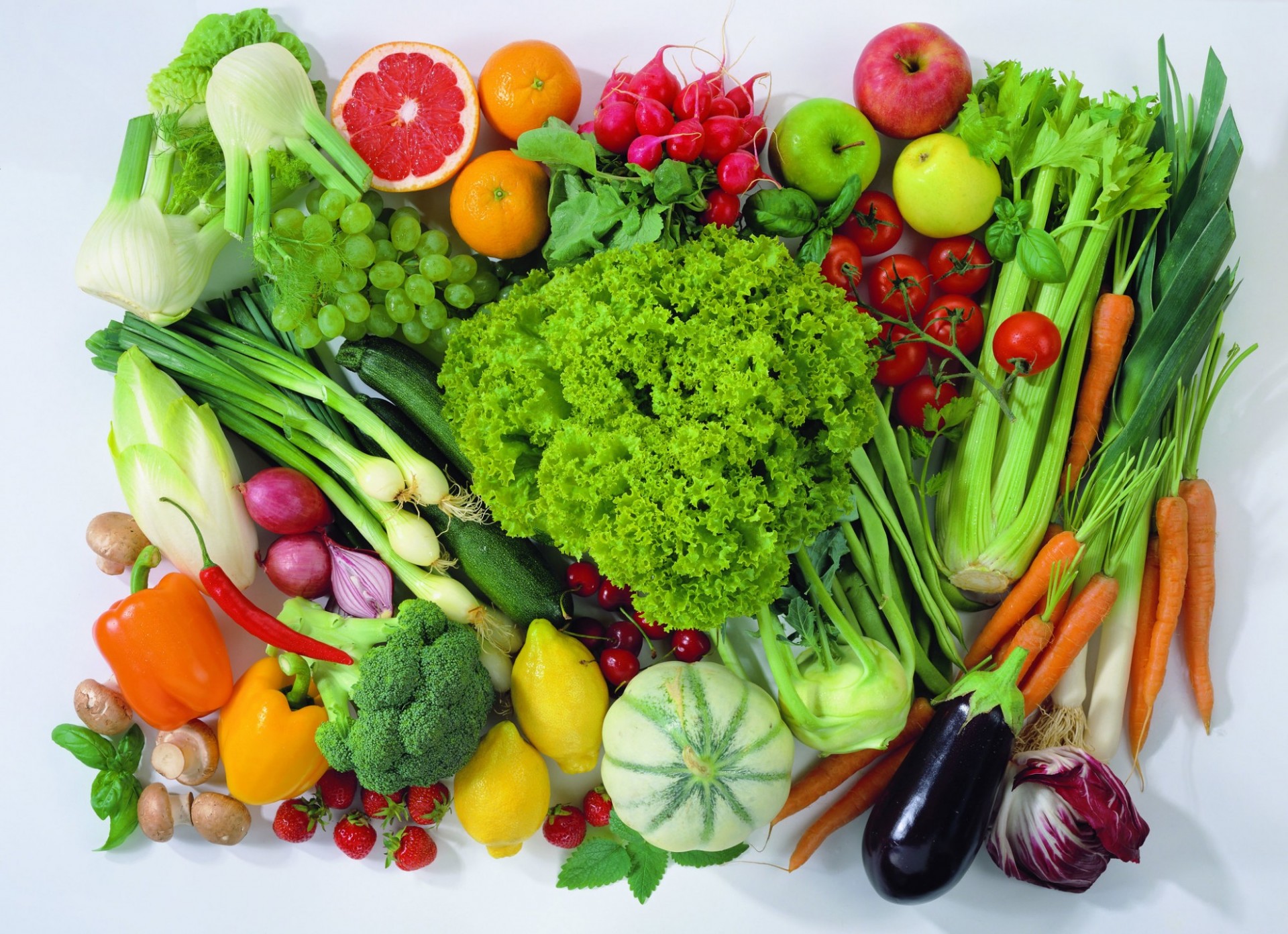Fighting Food Waste by Finding Ways to Use the Useless
C+S Students are blogging about topics that interest them for Applications in Climate and Society, a core spring course.

Every Thursday and Sunday I walk my frozen banana peels and carrot tops to Columbia’s farmers market. It’s my small effort to combat food waste, which happens from production to retail to consumption. At the production level, farmers cannot always sell their produce due to surplus. Produce makes it to the retail level can end up being wasted due to imperfections and oversupply. And as consumers, our eyes are often bigger than our stomachs. This leads to a large amount of food being tossed into the garbage. This food is never eaten, but the carbon emissions to grow it still end up in the atmosphere and resources are still wasted. Reducing waste at each of these levels is crucial to fighting climate change.
Imperfect Produce is a community supported agriculture box that partners with farmers to use their “unusable” produce. Imperfect Produce takes ugly, blemished, misshapen and surplus produce and places them in a box where they find their way into a happy belly. However, there are caveats with ugly produce boxes like it. Community supported agriculture boxes are typically in place to help local farmers. The buyer pays for their share at the beginning of the season before anything is planted, and this ensures the farmer knows how much to grow and has the resources available. In a way, Imperfect Produce distracts from local farm boxes, which are already reducing food waste and mitigating emissions by reducing food miles traveled
Here in my current backyard, City Harvest is another organization that partners directly with grocery stores to provide fresh produce to food pantries across New York. City Harvest manages to save 29,200 tons of a year by taking unwanted produce and making it accessible to the community at a low cost. This is two birds, one seed approach that reduces food waste by intercepting produce that would have otherwise ended up in the landfill while providing access to fresh produce to people who are food insecure.
Big organizations are not the only ones who can take action against food waste. We can act as individuals to change the paradigm. Something that I try to practice is not buying more than I expect to eat. Grocery stores are such an exciting place filled with options, colors and music. I know I get overzealous when I am there so meal planning is a really helpful tool to mitigate what and how much I buy.
Even with meal prep, I have food scraps and food waste, which I compost at the aforementioned farmer’s market. To keep it from stinking up my apartment, I keep it in the freezer until it’s time to bring it the bins at the market twice a week. It is exciting to think about the metamorphosis of my food scraps. They seem lifeless when I bag them up in the freezer, but when I compost them, I know they’ll be turned into fertilizer for farms and give life to more produce. The more I track my compost, the more eager I get about reducing my bag size each week. I know I’m not alone either. There have been attempts to gamify composting, an approach that gets more people to be better about tossing less food in the garbage and more in compost bins at their local farmer’s market or New York’s nascent composting program.
Individual action can be underestimated, but it is the root of change. Starting with individuals, we can change norms, policy and systems. So with this in mind, I will continue to march my compost to the farmers market each Thursday and Sunday.
